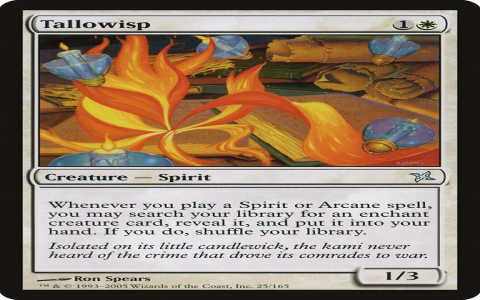Alright, let’s talk about finding Post the Enchanter tools that don’t just look fancy but actually work. This whole mess started ‘cause I needed something reliable for a project, not just shiny junk.
Starting Out: Hitting Dead Ends
First, I thought, “Hey, just check the usual online spots everyone talks about.” Big mistake. Spent days clicking around, digging through forum suggestions, pages and pages deep. Found lots of listings promising “powerful enchantment”, “guaranteed results.” Looked legit, pictures were shiny and all.
Went ahead and ordered a few “starter kits” – paid decent money too. Felt kinda hopeful opening that box. Got everything laid out on my bench: a couple of weirdly shaped stones, some jars with cloudy stuff, and what looked like polished driftwood. Followed the instructions to the letter. Chant here, wave this over that… nothing. Not a single spark, no tingle, not even a wisp of something weird. Just… sat there. Felt ripped off. Tools were probably just polished river rocks and fancy bottles with tap water. Waste of time and cash. Felt like a fool.
Digging Deeper: Finding Real Talk
Okay, stubborn mode activated. Started talking to actual people outside the super polished sites. Found smaller communities, kinda niche. Had to wade through a bunch of gatekeepers saying stuff like “Oh, you have to earn the knowledge,” which is useless. Kept poking around, asked specific questions about results, not just theories.

Finally got a few folks who were real about it. They weren’t selling anything, just using stuff daily. Kept hearing whispers about “unmarked stalls” and “places way off the usual path.” More importantly, they emphasized tools showing wear and tear from actual use, not just looking pristine. That was a lightbulb moment. Real tools get handled, they look lived-in.
The Hunt Gets Physical & Testing Like Crazy
Took a weekend, packed a bag, and just wandered through old markets I normally skip. Way out past the tourist traps. Took hours. My feet were killing me. Almost gave up when I spotted a cramped stall tucked between two bigger shops. Stuff wasn’t polished; it looked used. Dusty, maybe? Some pieces were scratched.
Talked to the vendor – an old guy who looked bored until I mentioned a specific effect I was trying to achieve. He grunted, rummaged under his counter, and plopped down three different items. No fancy names, no boxes. Just told me, “Try these.” Prices weren’t cheap, but also not insane. Felt skeptical, but hey, the guy knew his stuff beyond just sales talk. Bought all three.
Got them home. Didn’t just hope. I tested rigorously:
- Tried each tool individually with a basic focus exercise. One was completely inert, like holding a cold paperweight.
- The second, a weird bone-carving thing? Felt a slight warmth, but inconsistent. Like a dying lighter.
- The third… okay, this lumpy quartz-looking thing. Held it, focused… and damn! Got a clear, stable vibration, like a low hum you feel in your bones. Left my palm tingling for a good minute afterwards.
Ran it through multiple tries over the next few days, different times. Consistency was key – that weird lump worked every single time. The others? Paperweight and the unreliable zappy stick.
What Actually Worked & My Big Takeaway
So here’s the ugly truth that worked for me:
- Forget Big Listings: Real tools rarely hang out on slick websites or massive online retailers shouting about enchantments.
- Used = Good: Scratches, wear, maybe even a bit of grime? Often a good sign it wasn’t made yesterday in a factory purely for tourists.
- Vendors Who Know, Not Just Sell: The guy had answers deeper than a product page. He could tell you how the tool feels when it works.
- TEST RUTHLESSLY: Buying it is step one. Step two is making the damn thing do something simple and repeatable. No result? It’s décor, not a tool.
The winner? That ugly, lumpy, slightly chipped crystal thing. Looks like it fell down a mountain, but it hums like a tiny engine every time I pick it up. The shiny, “official” kits I started with? Sitting in a drawer, collecting dust. Lesson learned the hard way: finding real Post the Enchanter tools is less about buying the fanciest advertised piece and more about digging in the dirt, talking to cranky old vendors who don’t care about marketing, and testing like your project depends on it – because it does. Just gotta get your hands dirty.
